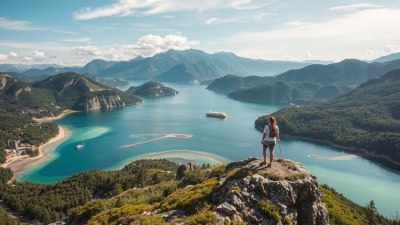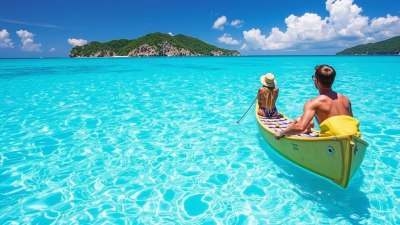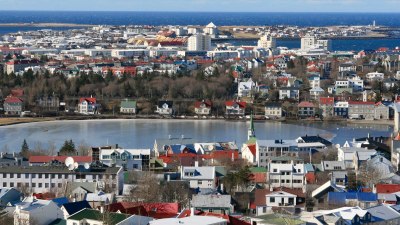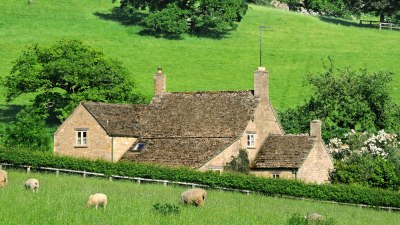The Glacier Didn’t Say Goodbye in Iceland
Explore the captivating and changing landscape of Iceland's glaciers and their significance.
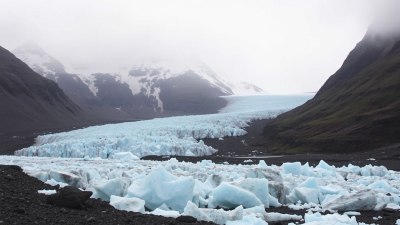
Image created with Flux Schnell
Iceland, the land of fire and ice, holds some of the most stunning and mysterious glaciers in the world. These massive ice formations have shaped the island's topography and have a profound influence on its climate and ecosystems. However, recent changes in these glaciers raise alarming concerns about climate change and its irreversible impacts. In this article, we will delve into the wondrous world of Iceland's glaciers, explore their importance, and discuss the implications of their retreat.
The Importance of Glaciers
Glaciers are not just beautiful natural formations; they are crucial for maintaining the ecological balance of our planet. They serve as vast freshwater reservoirs, providing water to rivers and lakes as they melt. In Iceland, glaciers cover about 11% of the land, with Vatnajökull being the largest glacier in Europe.
These glaciers play a significant role in regulating the Earth's temperature by reflecting sunlight back into space, a process known as the albedo effect. Furthermore, they are vital habitats for various wildlife, from unique flora to polar animals that have adapted to the extreme cold.
Understanding Iceland's Glaciers
The glaciers of Iceland are not static; they are dynamic entities constantly evolving with changing climate conditions. The combination of volcanic activity and glacial movement creates a fascinating interplay, where ice and fire coexist. This unique setting provides scientists with valuable insights into geological processes, past climate conditions, and the potential future of our planet.
Climate Change and its Impacts
As the planet warms, Iceland’s glaciers face rapid melting. Studies indicate that they have lost approximately 50% of their mass over the last century. This increase in melting not only contributes to rising sea levels but also disrupts local ecosystems. The loss of glaciers can result in changes to vegetation patterns, affecting the fauna that relies on those plants for survival.
Moreover, the retreating glaciers expose the underlying volcanic rock, which can lead to increased volcanic activity. This poses risks not only to local communities but also to the environment. As glaciers diminish, the landscape changes dramatically, altering rivers, valleys, and even the climate within these regions.
The Cultural Significance of Glaciers
Glaciers carry immense cultural importance for the people of Iceland. They are seen as sacred landscapes, intertwined with Icelandic identity and folklore. Stories of ice giants and ancient spirits abound, fostering a deep-rooted connection between the land and its inhabitants. Many Icelanders view glaciers as protectors, and their loss is felt not just as a physical disappearance but as a cultural one as well.
Tourism plays a vital role in preserving this heritage, as more people become aware of the glaciers' beauty and fragility. Visitors flock to locations like the Jökulsárlón glacier lagoon and the Sólheimajökull glacier to witness firsthand the stunning sights and sounds of these colossal ice formations. This influx of tourists raises awareness but also necessitates responsible tourism practices to mitigate environmental impacts.
Monitoring and Research Efforts
Various organizations and researchers are dedicated to monitoring Iceland's glaciers and studying their changes. Initiatives like the Icelandic Meteorological Office and universities actively engage in collecting data on temperature, snowfall, and glacial movement. This research not only aids in understanding glacial dynamics but also contributes to global climate models.
Through innovation, scientists use satellite imagery and advanced modeling techniques to predict future glacier behavior. These efforts are crucial to create effective responses to the changing climate and encourage public awareness of our impact on these fragile ecosystems.
What Can We Do?
Addressing climate change requires collective action at individual, community, and governmental levels. Reducing our carbon footprint, advocating for sustainable practices, and supporting renewable energy initiatives are all key steps we can take. Encouragement of reforestation efforts and protection of other vulnerable ecosystems can complement glacier preservation efforts.
Education plays a critical role in fostering a culture of environmental stewardship. By engaging with communities about the impacts of climate change on glaciers and the environment, we can inspire a movement towards a healthier planet.
A Call to Action
The glaciers of Iceland are telling us a story—a story of beauty, survival, and urgency. As they change and recede, we are reminded of the fragility of our planet's ecosystems and the direct impact of human actions. The phrase “The glacier didn’t say goodbye” carries a poignant truth; glaciers cannot speak, but their disappearing presence speaks volumes. It is time to take decisive action to protect these natural wonders and ensure a sustainable future for generations to come.
In conclusion, understanding the multifaceted importance of glaciers—from ecological functions to cultural significance—enables us to appreciate their value. As we navigate through the challenges posed by climate change, let us remember the glaciers that persist, those that are fading, and recognize our role in their survival. May we act and advocate for their protection before their story changes forever.
